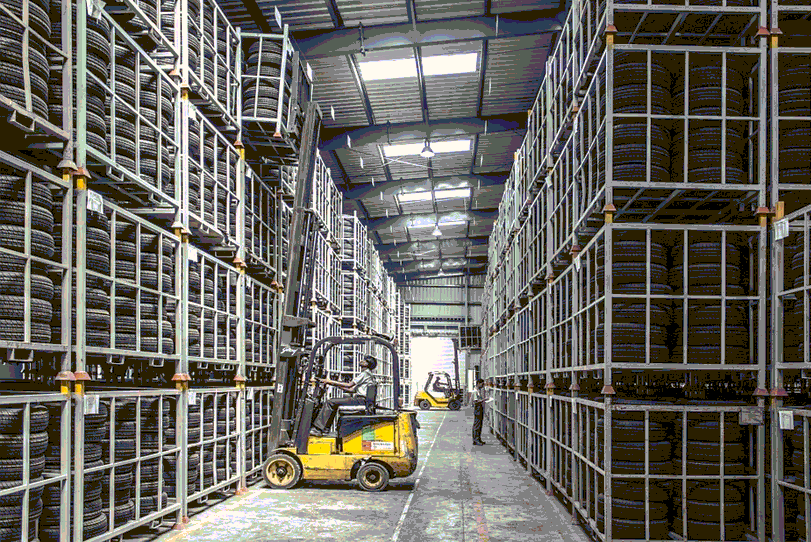The Introduction of the Goods and Services Tax (GST) has been a decisive step in the revamping of the economy, especially the supply chain and logistic segment that has, in turn, largely benefited the manufacturing, export, and distribution models, across sectors. Three years later, the revised tax structure has created a simplified and streamlined process for interstate supply chains, facilitating manufacturers and logistic companies to reduce operational costs. However, in spite of these changes, the logistics cost in the country remains at a 14 percent of the GDP, which is considerably higher, compared to the logistic costs of countries like the US (9.5 percent), Germany (8 percent) and Japan (11 percent). If the country needs to achieve the target of bringing this cost down to 10 percent by 2022, the Indian supply chain networks need a revamp plan to become an integrated and efficient distribution model that can effectively leverage the GST and other developmental policies, to bring down the cost.
Some key reforms in the sector that are already underway, and will play an important role in making the sector cost effective, include:
- Hub and Spoke model: With policies supporting the creation of dedicated logistic parks and the creation of state of art warehouses that allow ease of efficient distribution, the hub and spoke model is helping manufacturers and exporters cut down on multiple storage and bulk transportation costs. Further, the ease of movement created by the introduction of GST, has helped reduce time and documentation required in interstate/ district transportation, making it more efficient.
- Digital adoption: This is another huge factor that is contributing to reduced operational costs, while enhancing efficiency of supply chain networks. From automation for warehouse management to RFID tags, robotics and life tracking of shipment, single window real time updates etc., logistics and supply chain networks are able to consolidate shipments, reduce documentation, and have a real time update at hand.
- Growth in Manufacturing, E-commerce, and Agriculture: Driven by massive growth in e-commerce, especially during the recent lockdown, the Indian logistic and warehousing sector has transformed rapidly to accommodate the specific demands of the e-retail supply chain. In addition to e-commerce, focus on ‘Make in India’ and rise of local manufacturing, has also enhanced the significance of 3PL and 4PL service providers. In addition to these, the increasing government focus on agriculture and specialised supply chain infrastructure for farm produce, is driving the development of a cost effective and robust storage and transportation infrastructure.
- Consolidation of resources: With the ease of doing business – the most prominent feature brought in by the introduction of GST, manufacturers, exporters and logistics service providers are now able to explore the best business opportunities without being bound by geographical limitations. This has helped to create an evolved ecosystem of smart warehouses, 3PL and 4 PL service providers and specialised supply chain networks to work in holistic and integrated manner, offering manufacturers and exporters a seamless, cost effective and smart service.
While GST was, in itself, a landmark initiative that tremendously helped ‘ease of doing business’ across sectors, specific policies and initiatives introduced soon after, played a significant role in ensuring the logistics sector could leverage the best benefits. From recognising logistics as an infrastructure sector to introducing the National Logistic Policies, transportation infrastructure plan, and extensive ports and export import hub developments, the government has offered multi-faceted opportunities for the sector to enhance efficiency and reduce costs.
However, there is still a lot that needs to be done! Logistics players, transporters and every other link in the supply and demand chain, are looking forward to the lower cost of Logistics operations. However, the current technology adoption rates remain extremely high while challenges like quality of infrastructure, the time to execute projects etc. continue to plague the sector. Policy modifications to improve minimum standards of operations when it comes to obtaining: driving licenses, maintenance of vehicles, tyres, emissions and other aspects impacting the environment, could also go a long way in helping the sector work towards a more financially viable model.
By: Aditya Vazirani, CEO – Robinsons Global Logistics Solutions
Cookie Consent
We use cookies to personalize your experience. By continuing to visit this website you agree to our Terms & Conditions, Privacy Policy and Cookie Policy.












